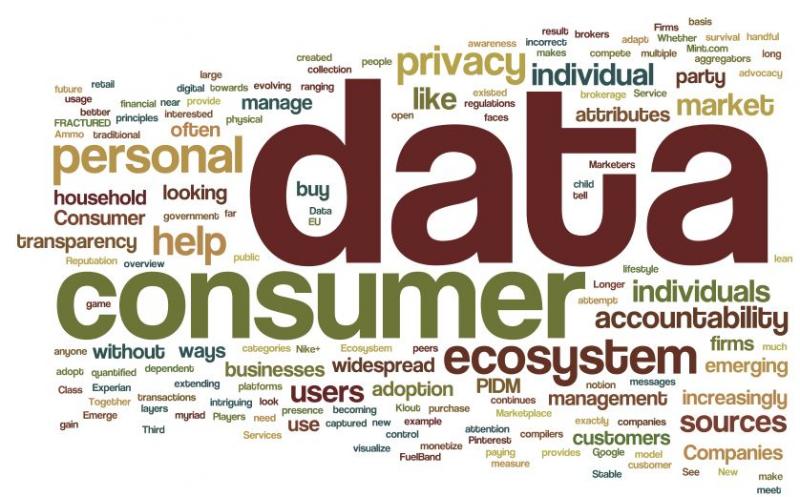A Vision For Tomorrow’s Consumer Data Ecosystem

Eighteen months ago, when I started down the path of what would become our body of Personal Identity Management (PIDM) research, there were only a few customer intelligence professionals who gave much credence to the picture we were painting. What a difference a year makes. Today, privacy, data governance, consumer empowerment, and understanding "the creepy factor" are core to the conversations I have with CI pros in both marketer and vendor organizations.
At the center of those conversations is often the question, "Who are the players in tomorrow's consumer data ecosystem?" We've just published a report, Making Sense of a Fractured Consumer Data Ecosystem, that reviews the strengths and weaknesses of four existing vendor categories plus three emergent business models. These include:
- Consumer data giants: Companies, like Acxiom, Epsilon, Experian, and Infogroup, that have an opportunity to become consumer-friendly data managers but are at greatest regulatory risk
- Reputation management providers: Companies, like Intelius and Reputation.com, that could help consumers manage data access but need to focus on their B2C business models to do so
- Online services giants: Companies, like Google, MSN, and Yahoo, that already have access to highly personal data but serve too many masters
- Social networking sites: Companies, like Facebook, LinkedIn, and Pinterest, that function as specialized data lockers today,, but need to change their business models to support users instead of advertisers
- Specialized data vaults: Companies, like Enliken, Mydex, and Personal, that empower consumers with their own data, but need to find a way to improve their data collection processes in order to increase user adoption
- Digital identity managers: Companies, like Connect.me and Lifedash, that let consumers take control of their identity, but need better positioning with enterprise
- Personal data aggregators: Companies like Azigo, Privowny, and Singly, that can bridge the consumer-brand adoption gap but need to address issues of data standardization and screen-scraping dependence in order to be really valuable
I encourage you to read the report in its entirety, and start asking yourself — and your customer intelligence vendors — tough questions around your readiness to adopt these new sources of consumer data. And, as always, if you have questions about this report or any other facet of PIDM, please don't hesitate to schedule an Inquiry!